




Ponder Preface:
After making headlines in North and South America, this inaugural edition of the Ponder Project introduces a perceivably amphibious, non-terrestrial species!
Responsible for all Aspects:
-
Models
-
Sculpting
-
Retopology
-
Materials / Texturing
-
Texture Baking
-
Animation
-
Rigging
-
Posing
-
Lighting
-
Turntable
-
Rendering
Entity Classification Guide:
From pilot pets to autonomous technicians, the following presents a simplified taxonomy of alleged extraterrestrial entities from the UFO stories responsible for inspiring the science fiction genre we know and love today.
To streamline the analysis, a simplified categorization of 'roles' has been established based on commonly reported case details.
-
Types:


animal


artificial


non-biological


individual
-
Roles:


curator


custodian


blue-collar


caretaker
Evidence Classification Guide:
Notably, these alleged accounts vary dramatically with their evidentiary support. To classify this spectrum, the binary evidence types of 'crumbs' and 'labyrinth' have been categorized to identify both instances.
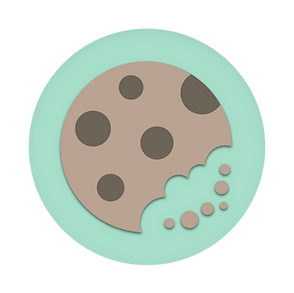

crumbs


labyrinth
Case Background:


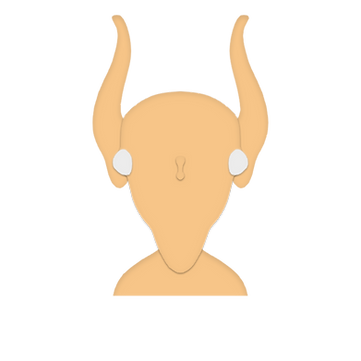

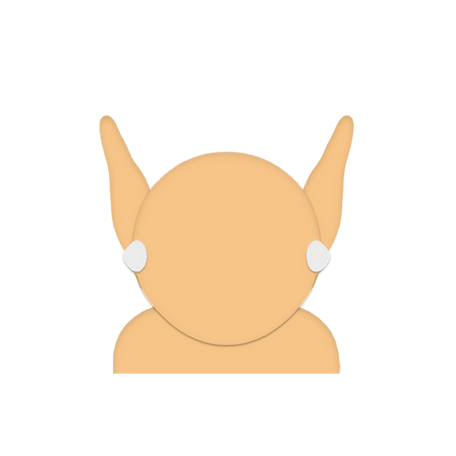
Species One: Amphibious Humanoid Colony
Evidence Class:
Entity Type:
Role:






Place of Origin: Unknown
Species Name: Unknown
Story Introduction:
Our first account originates from one of the most well-known American UFO encounters; Taking place one scorching summer evening in Kelly, Kentucky, 1955, as farm landlord Billy Ray Taylor makes a seasonal visit to his mutually close tenants, the Sutton family.
While outside, Billy’s attention is caught by a round, metallic object soaring the sky, and landing in a nearby gorge.

Fig. 1. John Sutton, Elmer Sutton, and O.P. Baker. “History lesson: Goblins of Hopkinsville. Courier & Press.” 1955
Our second account comes from a highly recognized Brazilian case in 1979, featuring renowned concert pianist and lecturer, Luli Oswald.
While traveling with a family friend from Rio de Janeiro to Saquarema along a forlorn roadside, Luli notices three strange lights moving over the Atlantic Ocean. Behind the glow, Luli could clearly make out what seemed to be “domed saucer” shapes.
(Oswald, 1979)

Fig. 2. Luli Oswald. "Instituto Piano Brasileiro. (n.d.)." 1979
As both events unfold, despite their differences — reveal parallel cameos of what appear to be of the same, or related, extraterrestrial species.
Soon, as Luli meets these entities, she receives the impression the "creatures" were performing a type of research with operations carried out “many times” already...
(Oswald, 1979)
Story | First Sight:
Following the plot of our first account, Billy darts into the Sutton property with an unusual and astounded announcement of the nearby scene. Lucky Sutton begins to consider Billy’s nervous report, accompanying him into the woods to investigate the matter.
Suddenly, while away from the house and interrupting their discussion, a blue, glowing object approaches from the nearby trees. As the object gets closer, the two realize this was no object, but rather, a “short”, “humanlike creature”, “with large eyes”, with its arms raised in what they initially perceived as a surrendering pose.
(Smith, Sutton, 1955)
Sourcing details from both angles, the creature, evidently approaching the two with arms raised, compliments this gesture with a stiff waddling motion, angling its wrists inwards.
In instantaneous fight-or-flight mode, Billy and Lucky run back to the house slowly followed by the creature, and eventually, the creature’s comrades.
Story | At the Doorstep:
Upon witnessing one of these creatures, Billy and Lucky scramble across the house for artillery.
However, alerted by the family dog’s territorial barking exactly one hour later, the same entity makes a well-mannered appearance at the front door, distinguished by the surrounding nightfall.
Grandma Glennie, the eldest of the family, initially fails to witness a corresponding head and torso to the footsteps. As she walks closer and glances down the glazing — screaming ensues. The entire Sutton family comes rushing towards to the matter; Billy and Lucky with their rifles, assuming the disturbance.
Billy swings the front door, fully exposing the creature. The entity, now confronted by two shotgun barrels, reportedly “falls over,” “scrambles upright,” and “flees into the darkness.”
(Smith, Sutton, 1955)
Shortly thereafter, the entire family begins to notice a group of four of these creatures. The band of four appearing behind the trees, exploring the premise, and eventually, peeking behind the farmhouse windows.
Details of the Species:
As for the zoological analysis of this species: Upon Billy and Lucky’s initial encounter in the woods, they describe the creature as approximately "three and-a-half feet tall", with “large eyes”, “a long, thin mouth”, “large ears”, “thin, short legs”, and “hands ending in claw-like talons”.
(Smith, Sutton, 1955)
Glennie Lankford (or Grandma Glennie), upon encountering the same entity at the front door, describes him as “a small humanoid creature”, consistently noting the creature's height as “about three-and-a-half feet tall”, having “an oversized head… almost perfectly round”, with “arms extended almost to the ground”, and that “its hands had talons.”
(Lankford, 1955)
Soon to dive into the entire group of these creatures, you may find the details neck-down remain fairly consistent with each comrade.
However, there appears to be quite the genetic pool of facial possibility...
Faces Galore:


var. 1


var. 2


var. 3


var. 4
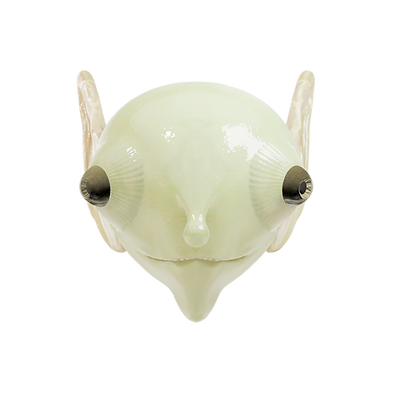

var. 5
For our means of a structured analysis, we will identify each entity chronologically by facial variation, as Genetic Variants 1-5.
Genetic Var. 1: The first documented figure on the scene, initially witnessed by Billy and Lucky, is characterized by a noseless, near-perfectly round face.
Genetic Var. 2: The second entity observed, distinguished by the presence of a tapered-bulbed nose, antennae, and a trianguloid face. (This variant soon to take the spotlight in our second account.)
Genetic Var. 3: The third documented figure on the scene, also noseless, shares a trianguloid facial structure akin to Variant 2.
Genetic Var. 4: The second nosed variant, noted for featuring a defined chin. (These details to be explored in the latter of our first account.)
Lastly, Genetic Var. 5: Documented in an additional American encounter from some point in the 1990’s. Though the case lacks primary details — this variant shares a nose and defined chin akin to the previous variants.
Regarding thee appearances from the Sutton's experience, below displays Billy’s firsthand drawings created in collaboration with the whole Sutton family. These illustrations depict the three primary entities observed during the incident:
Genetic Var. 1

Genetic Var. 2

Fig. 4. Smith and Sutton family. “Little Man.” 1955
Fig. 3. Smith and Sutton family. “Little Man.” 1955
Characteristics:
-
Greets Billy and Lucky in the woods.
-
Appears at the Sutton's doorstep.
-
Partakes in general exploration of the Sutton farm.
Characteristics:
-
Partakes in general exploration of the Sutton farm.
-
Intrigued by Lucky Sutton's and Luli Oswald’s hair.
-
Performs light-based procedures with translucent tubes.
-
Engages in conversation with Luli Oswald.
Genetic Var. 3

Fig. 5. Smith and Sutton family. “Little Man.” 1955
Characteristics:
-
Partakes in general exploration of the Sutton farm.
-
First to glance through the farmhouse windows.
Shortly after the Sutton’s experience, multiple investigations are rapidly conducted on the family's property. Below are fine-tuned illustrations of the Sutton family accounts sketched by radio engineer, Bud Lewdith, in collaboration with Billy and the Sutton Family — additionally serving as my reference art respectively for Variants 1, 2, and 3.
Genetic Var. 1
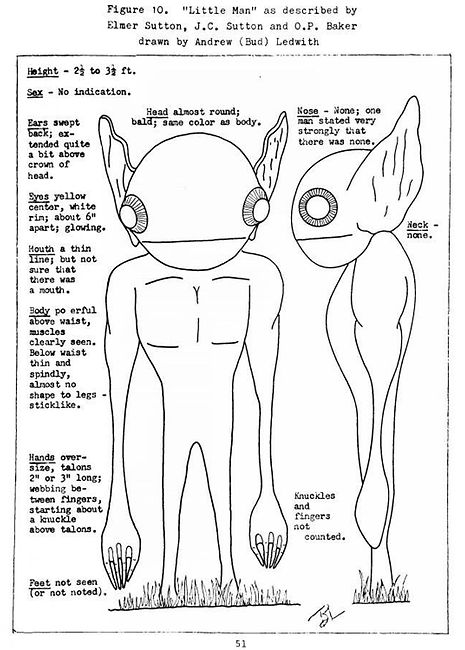
Fig. 6. Lewdith, Bud. “Little Man.” 1955
Genetic Var. 2
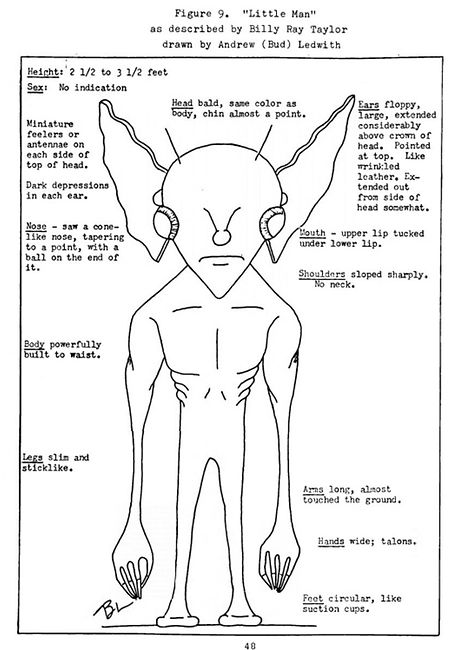
Fig. 7. Lewdith, Bud. “Little Man.” 1955
Genetic Var. 3

Fig. 8. Lewdith, Bud. “Little Man.” 1955
Let's Ponder! | Character Visualization:
Genetic Var. 1
Genetic Var. 2
Genetic Var. 3
Turntable Analysis:
Let's Ponder! | Formal Greetings:
With our current understanding, we can now analyze the peculiar body language exhibited by Variant 1. As you may recall, the entity initially approached Billy and Lucky with a distinct waddling gait.
In picking up, as Variant 1 retreats into the woods upon confrontation, Genetic Variants 2 and 3 emerge onto the scene — first observed by the same witnesses.
Similarly, both comrades replicate the same movement pattern while approaching Billy and Lucky, just like Variant 1, one hour prior.
From dusk into the night, the Suttons will account for the creatures' relentless activity across their farm — running, crawling, and climbing with ease. As the creatures scout, their movements prove physical capability beyond this initial waddling gait.
In fact, we will find these creatures made a rather nosey and uninvited appearance on the Sutton property, pressing their faces against windows, scratching the roof, and even clasping hair.
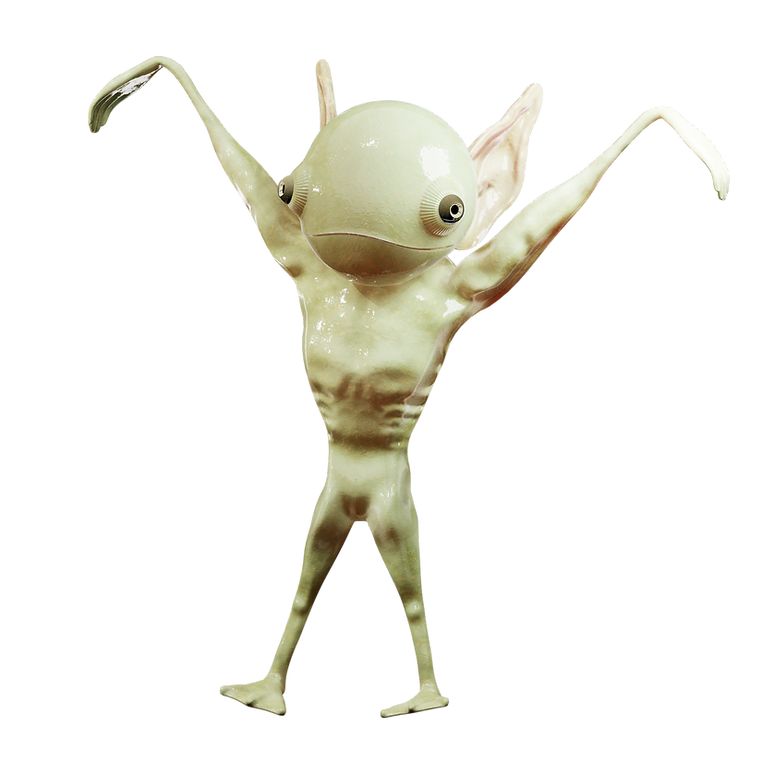


Beyond the surface-level commotion, we can draw a sound inference: This peculiar gesture could likely constitute a greeting behavior. Even more, we might consider how the creatures would selectively express this gesture only during initial contact with the individuals on-scene.
However, this gait only appears in our first account with the Sutton family, while apparently absent in our second account with Luli Oswald.
This may be due to the intrusive nature of the Sutton encounter in comparison to our second account in the scene of an empty stretch of road when compared to the Sutton’s private property. In the end, these creatures pursued no harm in both cases.
Let's Ponder! | More Species Details:
Resuming Luli Oswald's account: When stopped on the roadside, the car begins gliding along the route while apparently under the subtle influence of an overhead saucer. Involuntarily rerouted to a 'pick-up spot', she and her company — vehicle and all — are lifted into the hull of a much larger airborne vehicle, which in her words: “Occupied the space between one mountain and another” (Oswald, 1979).
Once inside an internal facility, Luli accounts for a group of five “strange creatures”, each “two-and-a-half feet tall”, with droplet-shaped heads, large ears, bulbed noses, and beading eyes; each surrounding the car, pressing their faces against the windows. (A familiar behavior.)
(Oswald, 1979)
On noticing the appearance of the creatures, Luli cries: “They look like rats!”
(Oswald, 1979)
In descriptive detail from Luli herself: “Their ears were shaped like rat’s ears… Big and ugly.” “Where the mouth should have been was only a small line.”
(Oswald, 1979)
She goes on to say: “They were standing on feet that looked similar to ducks”, and states they were “mostly indifferent to human beings”, though "generally revolting in appearance."
(Oswald, 1979)
Furthermore, Luli recounts each comrade as the approximate height of an average child, with “particularly thin arms for the rest of the body", "a long, thin nose", "a thin neck”, and were “sickening in color.”
(Oswald, 1979)
She additionally states, “they appeared to have a sticky quality to their skin and appeared to wear no clothes”, and that the more she looked at the strange figures, the more “doll-like” they appeared.
(Oswald, 1979)
In subsequent investigations following Luli’s experience, local ufologists reconstructed an illustration of the creatures encountered that night, drawing parallels to Genetic Variant 2 from the Sutton account across the Atlantic, and Caribbean Sea, twenty-four years prior:

Fig. 9. *Obscured Details*. 1980
Now, we are introduced to previously undocumented visual attributes in our case study, including webbed feet similar to ducks, sticky skin, and interestingly — a comparison to the face of a rat.
At face value, the details may seem contrary to the Sutton's report. However, we'll soon cover how the creatures from the Sutton account had apparently been coated with some kind of substance, with their feet mostly concealed by tall blades of grass.

Fig. 11. K, Jimmie. "Brown Norway Rat in Natural Habitat Among Leaves." 2016

Fig. 10. Melanie. "Skin on Duck Feet". 2024

Fig. 12. Flower Planting Home. "Modern Frogs." 2019
Nevertheless, we might infer this species to bear some sort of relation to amphibians: Considering their webbed hands, webbed feet, and wet-sticky skin. In scenes ahead, Luli would describe the environment of the operating facility as having a cavernous atmosphere.
Turntable Analysis:
Story | In Conversation:
Fascinatingly, each of the five crew members performs a procedure using “beams of light” from “transparent tubes”, in oppose to performing operations with tangible instruments.
(Oswald, 1979)
While in the operating facility, Luli recounts "many large, black panels which contained numerous buttons of some kind”.
(Oswald, 1979).
Additionally, she describes the operations of the five member crew, stating: “The creatures would simply look at each other before carrying out certain actions" (Oswald, 1979).
More importantly, Luli speaks with one of the creatures. Though of the same species, this individual had apparently been “kidnapped", or in contextual terms, 'abducted,' and “rescued when his own vehicle got into difficulties” (Oswald 1979).
This extra detail from the account is our only instance of dialogue in the case material.
Presented is artwork from the original UFO magazine, The Flying Saucer Review, featuring a cartoon illustration of one of the creatures alongside Brazilian ufologist, Irene Granchi — an instrumental figure involved in Luli’s account of the events:

Fig. 13. Flying Saucer Review. “Volume 19, Number 1.” 1983
Let's Ponder! | Purposed Attire:
With all of these features, what exactly was the emissive aura emitted from our first account and absent in the second?
One may recall how Billy and Lucky fired ammunition on the crew of creatures, however, to no avail. In the words of Lucky Sutton, the “little men were impervious to the bullets." They would literally “fall over” and dust themselves off.
(Sutton, 1955)
According to Billy: “Their bodies gave off an eerie shimmer in the light of the night’s new moon... As if made of silver metal” (Smith, 1955).
From Glennie's perspective: “I looked out the door and a bright silver object… I became excited and did not look at it long enough to see if it had eyes or would move” (Lankford, 1955).
“It looked like a five-gallon gasoline can with a head on top and small legs. It was a shimmering bright metal like on my refrigerator” (Lankford, 1955).
According to another member of the household, Lonnie Lankford — claims: “It looked like they had silver uniforms on” (Lankford, 1993).
One last key element: “The ground beneath where Lucky had shot one of the beings appeared to have been stained with something that gave off an iridescent sheen when viewed from an angle” (Smith, 1955).
As it seems, the creatures were clad in what appears to have been some sort of armor comparable to a metallic coating. We also see how this coating had an emissive property, curiously present over the creatures' eyes as well.
Presently, we'll identify this form of 'attire' as Protective Wear.
Protective Wear:
Turntable Analysis:
Story | Inner Details:
But there's more! Displayed below is sketched visualization of the awaited fourth member of the non-human crew from the very same night in 1955: (Including additional documentation of the saucer involved.)

Fig. 14. Pfc. Hodson. Gary. “Unnamed.” 1955

Fig. 15. Pfc. Hodson. Gary. “Unnamed.” 1955
This additional piece of detail has been provided exclusively by Glennie Lankford. - And as it turns out, Mrs. Lankford's account received individual attention with its own Project Blue Book case file.
Project Blue Book: The official, former U.S. government program documenting UFO-related encounters for analysis by qualified personnel under national security protocols.
While observing the following excerpt from the file, one may notice redacted identities in the official report — a common artifact of government declassification.
With Glennie being 50 years old in 1955, the connections become clear as each witness respectively aligns with each redacted identity from the Sutton household that night.
Most importantly for our us, the report reads: “We were all in the house and saw this little man that looked like a monkey” (Lankford, 1956).
This little monkey man is in fact Variant 4 from our classification system, appearing with a tall and slender physique.

Fig. 16. Project Card 10073. “Project Blue Book Special Report No. 14.” 1956
Evidently, Variant 4 maintains a rather incognito presence in the night, primarily sprinting and crawling across the farm without any direct interaction — a behavioral difference distinct from the three primary figures of the incident.
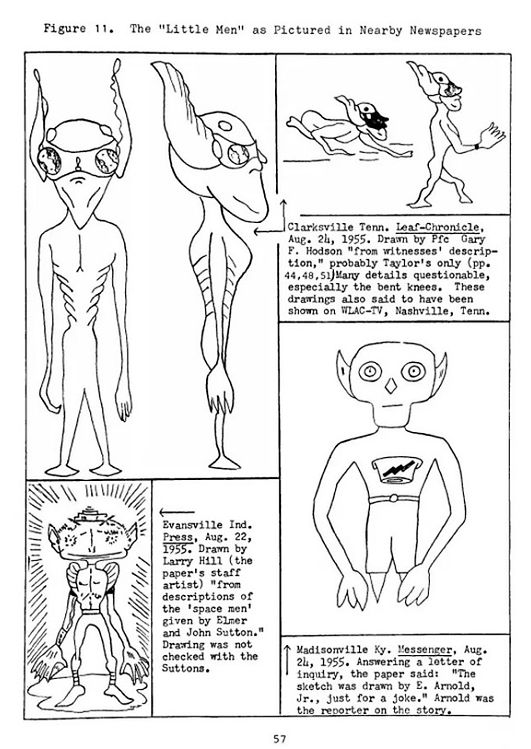
Fig. 16. Clarksville Tenn. Leaf-Chronicle Post. “Obsured Edition Number.” 1955
Featured to the left is additional documentation from nearby news outlets displaying the re-traced work of the original artist of Glennie's account, Pfc. Gary Hodson.
The bottom left and right corners feature cartoon illustrations for additional press content.
Ultimately, Variant 4 was actually the first of the creatures to make it into the public eye under the original headlines.
At this point, it must be recognized that the Sutton encounter has been widely dubbed the Kentucky Green Men, Little Green Men, or Kentucky Little Green Men incident.
The reason? Similar to the metallic appearance of Variants 1, 2, and 3, Variant 4 also exhibited a metallic appearance — differently distinguished by a green presence instead of a blue one. More intriguingly, note the goggle-like apparatus; it seems that Variant 4 may have specialized in a nocturnal or stealth responsibility during the exploration.
Let's Ponder! | Purposed Attire:
Considering our previous identification of the Protective Wear presented by Variants 1, 2, and 3 alike, we will identify this second form of 'attire' presented by Variant 4 as the Stealth Wear of this study.
Stealth Wear:
Turntable Analysis:
Let's Ponder! | Final Species Details:
And last but not least, featured to the side is the witness sketch of Genetic Variant 5 from our classification system. While typical for some cases, most details from this encounter remain generally obscured.
Significant to us, the following entity embodies consistent physical features of our species at hand, such as the bulging ribcage, body musculature, eye rings, goblin-like ears, a thin mouth, and a tapered-bulbed nose.
However you may notice in this sketch, the nose seems to merge into the head. What is this, you might ask?

Fig. 17. *Obscured Details*. 1990s
Witness Norms:

Fig. 18. Sutton family. “Unnamed.” 1955
As it happens, a depiction of the nose merged into the head seems to be a semi-common visual perception when accounting for the appearance of this species.
This may be due to the fact that the tapered-bulbed nose, shared by three variants, angles so steeply into the face of the creature that some might mistake it to be one with the head.
An example of this effect can be seen to our left, from an additional sketch by several other members of the Sutton family from our first account.
Let's Ponder! | Character Visualization:
Genetic Var. 4
Genetic Var. 5
Complete Size Chart:
Let's Ponder! | Character Visualization:
To conclude this series of visualizations, featured below is a presentation of how each group appeared in their respective cases, pertaining to 'attire' and absence of 'attire':
As a supplementary excersize to this case study, let's envision how each genetic variant might appear in both classified types of 'attire', Protective and Stealth:
Protective Wear:


var. 1


var. 2


var. 3


var. 4


var. 5
Stealth Wear:
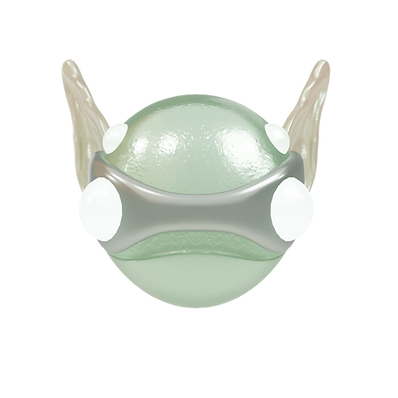

var. 1
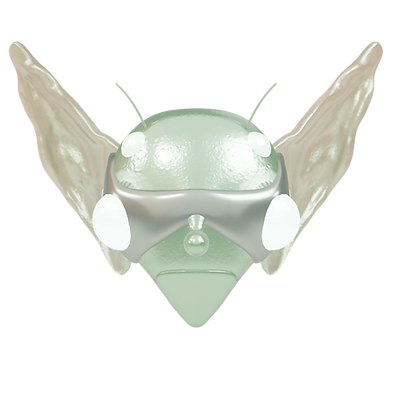

var. 2
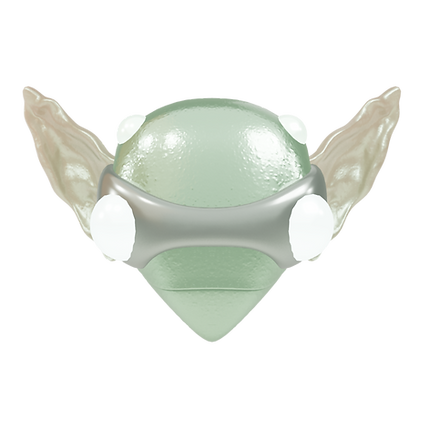

var. 3


var. 4


var. 5
Vitruvian Analysis:
Ponder Conclusion:
Thus concludes this first edition of the Ponder Project.
Though a rather distinctive type of portfolio addition, in ambition to merge this personal fascination with new forms of experimentation, I hope you found this exploration as engaging to experience as it was to create!
Development Breakdown:
Responsibilities (Repeated):
-
Models
-
Sculpting
-
Retopology
-
Materials / Texturing
-
Texture Baking
-
Animation
-
Rigging
-
Posing
-
Lighting
-
Turntable
-
Rendering
Bibliography:
Primary Case
Sources
Adam. (n.d.). Official NICAP web site. Official NICAP Web Site.
Baker, A. (1999). The encyclopaedia of alien encounters. Virgin.
Channel 7 News. (1993, March 5). The Kelly Incident. The Kelly Incident Aliens. broadcast.
https://www.youtube.com/watch?v=0Sgg6-sYviQ
Davis, I., & Bloecher, T. (1978). Close encounter at Kelly and others of 1955. Center for UFO Studies.
Dorris, J. (1955). Kentucky New Era.
Project Card 10073, Analysis of reports of unidentified flying objects. (Project Blue Book Special Report No. 14) (1956).
The Kelley/Hopkinsville (Sutton) encounter. (n.d.).
Secondary Case Sources
A&E Television Networks. (2025, May 28). How the “little green men” phenomenon began on a Kentucky Farm. History.com. https://www.history.com/articles/little-green-men-origins-aliens-hopkinsville-kelly
Aeon Video. (1989). What’s it like to meet aliens? | Abductees. United States.
https://www.youtube.com/watch?v=KadT7N4SbWo&list=LL&index=627.
Gross, P. (n.d.). Close encounters of the 3rd kind:. ufo.
https://ufologie.patrickgross.org/htm/kelly55.htm
Lowth, M. (2021, September 21). The luli oswald UFO encounter: Strange lights and “rat-faced” aliens. UFO Insight. https://www.ufoinsight.com/aliens/abductions/the-luli-oswald-ufo-encounter
The Kelly-Hopkinsville “goblins” encounter. The Kelly-Hopkinsville “Goblins” Encounter - Kelly, Kentucky, United States - August 21, 1955 - UFO Evidence. (n.d.).
http://www.ufoevidence.org/cases/case524.htm
Carter, M. (2017, July 27). Hopkinsville, Kentucky’s historic UFO sighting - kelly-hopkinsville encounter anniversary during total solar eclipse. Country Living.
https://www.countryliving.com/life/a44064/eclipseville-hopkinsville-ky-history/
Additional
Sources
Flower Planting Home. (2019). Modern Frogs. Daily Headlines. https://kknews.cc/zh-my/nature/z9zz84l.html.
Imagem - Luli oswald -. Instituto Piano Brasileiro. (n.d.).
https://www.institutopianobrasileiro.com.br/images/view/863
K., J. (n.d.). Brown Norway Rat in Natural Habitat Among Leaves. Pexels.
https://www.pexels.com/photo/brown-norway-rat-in-natural-habitat-among-leaves-29668630/.
Melanie. (2024). Duck Feet Facts: Key Anatomical Features And Functional Adaptations. Ducks of Providence. https://ducksofprovidence.com/duck-feet-facts/.
Smith, D. (2017, August 22). History lesson: Goblins of Hopkinsville. Courier & Press. https://www.courierpress.com/story/life/columnists/2017/08/21/history-lesson-goblins-hopkinsville/104796526/
software used:
-
Autodesk Maya
-
Blender
-
Adobe Photoshop
-
Adobe Substance Painter
-
Unreal Engine
external instances:




















